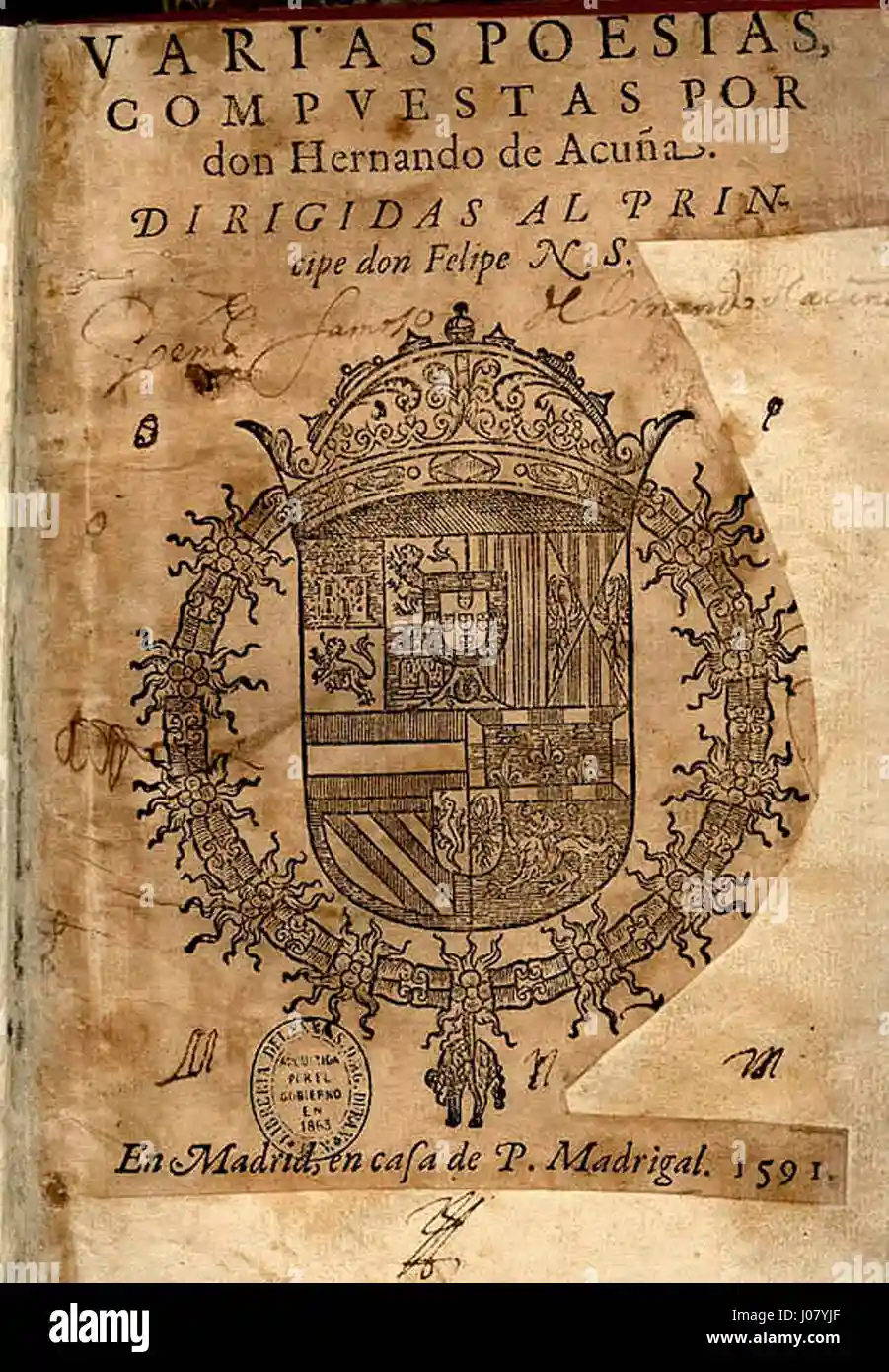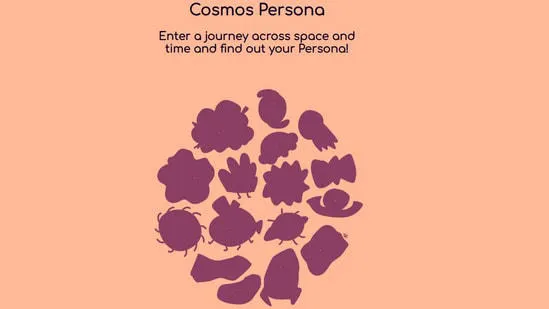17th Century Death Roulette: Surviving the Deadliest Era in History
The 17th century was a time of great change and turmoil. From wars and plagues to harsh living conditions and unpredictable medical practices, life in this era was often a gamble—an unpredictable game of survival where death could strike at any moment. This metaphorical “death roulette” encapsulates the constant risks people faced as they navigated the uncertainties of life.
The Constant Threat of Disease
One of the most prominent aspects of this “death roulette” was the omnipresent threat of disease. The 17th century was plagued by devastating illnesses, with the bubonic plague being one of the most feared. Europe, in particular, was ravaged by outbreaks that claimed millions of lives. Without modern medicine, people relied on rudimentary treatments that were often ineffective and sometimes dangerous.
The Bubonic Plague
The bubonic plague, known as the Black Death, was a major killer. It spread rapidly through crowded cities, carried by fleas that infested rats. Once infected, a person could die within days, their fate determined by factors as random as where they lived or who they came into contact with. Surviving such an outbreak was largely a matter of luck.
Smallpox and Other Epidemics
In addition to the plague, smallpox was another deadly disease. It caused widespread devastation, particularly in Europe and the Americas, where it was introduced by European settlers. The lack of effective treatment meant that survival was a matter of chance, and the disease left many survivors scarred for life.
Wars and Violence
The 17th century was also a time of frequent wars and conflicts, which added another layer of unpredictability to life. Whether it was the Thirty Years’ War in Europe, the English Civil War, or countless other regional conflicts, the violence of war brought death to many.
The Thirty Years’ War
The Thirty Years’ War (1618–1648) was one of the most destructive conflicts of the century, particularly in Central Europe. The war caused widespread devastation, famine, and disease, resulting in the deaths of millions. For those living in war-torn regions, every day was a gamble with death.
Piracy and Banditry
Outside of formal wars, piracy and banditry also posed significant threats. Travelers and merchants faced the constant risk of being attacked by pirates on the high seas or bandits on the roads. Survival often depended on sheer luck—whether a ship avoided a pirate attack or a traveler managed to evade highwaymen.
Dangerous Living Conditions
Beyond disease and war, the basic living conditions of the 17th century contributed to the “death roulette” that people faced daily. Poor sanitation, contaminated water, and inadequate food supplies made life precarious, especially for the lower classes.
Food and Famine
Agriculture in the 17th century was susceptible to the whims of nature. Poor harvests due to bad weather, pests, or disease could lead to famine, particularly in regions already struggling with poverty. During times of famine, starvation and malnutrition were common, and people’s survival often hinged on factors beyond their control.
Accidents and Occupational Hazards
Life in the 17th century was also fraught with physical dangers. Occupational hazards were common, especially in industries like mining, construction, and seafaring. Fatal accidents were an everyday risk, with little in the way of safety regulations or protective gear.
Superstition and Uncertainty
Adding to the randomness of life and death in the 17th century was the prevalence of superstition. Without a solid understanding of science, people often attributed disease, natural disasters, and accidents to supernatural causes. Witch hunts, for instance, were a deadly manifestation of this superstition, where individuals could be accused of witchcraft and executed based on flimsy or no evidence—yet another spin of the “death roulette.”
Witch Hunts
The fear of witches and the supernatural led to witch hunts, particularly in Europe and colonial America. Women, and occasionally men, were accused of witchcraft and subjected to trials that were often rigged against them. If found guilty, they were executed, usually by hanging or burning at the stake. Surviving an accusation was rare, and the process itself was often arbitrary and unjust.
Medical Practices and Quackery
Medical practices of the time were primitive and often based on superstition rather than science. Bloodletting, the use of leeches, and other harmful treatments were common. These practices could exacerbate illnesses or cause new ones, turning a simple ailment into a death sentence. Trusting a doctor was, in many ways, another roll of the dice.
Conclusion
Life in the 17th century was a constant gamble, where death was an ever-present possibility. Whether through disease, war, poor living conditions, or superstition, people faced a daily “death roulette” that shaped their lives and their worldviews. In a time when life was so uncertain, the resilience and endurance of those who lived through these challenges is a testament to the human spirit. The legacy of this era serves as a reminder of the fragility of life and the importance of advancements in medicine, science, and human rights that we often take for granted today.






